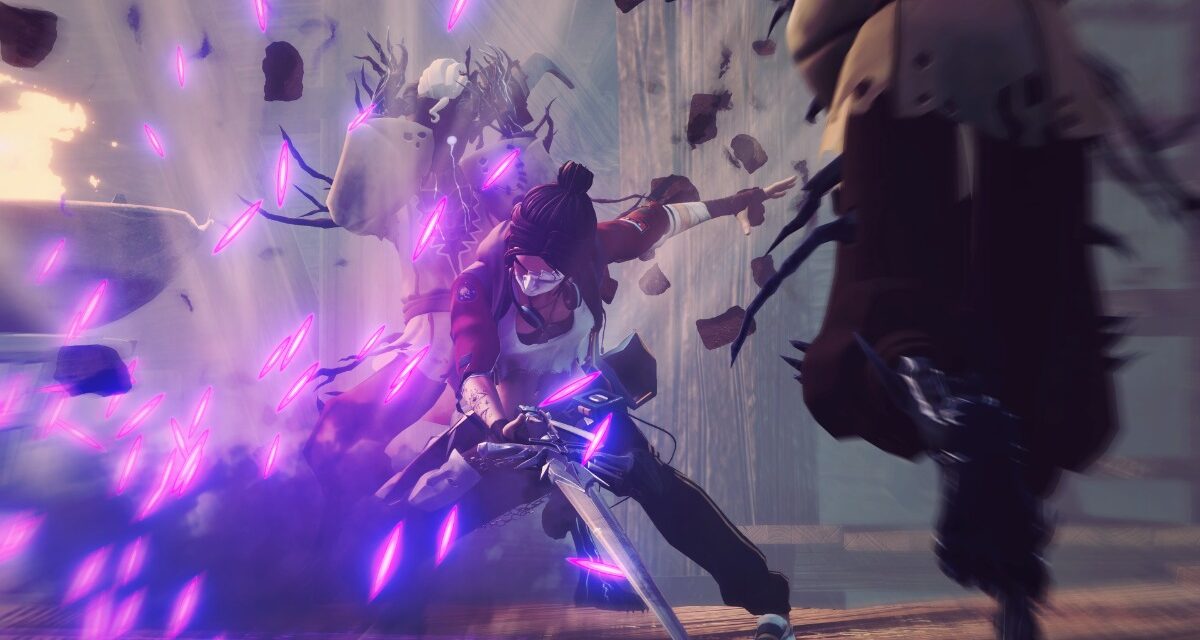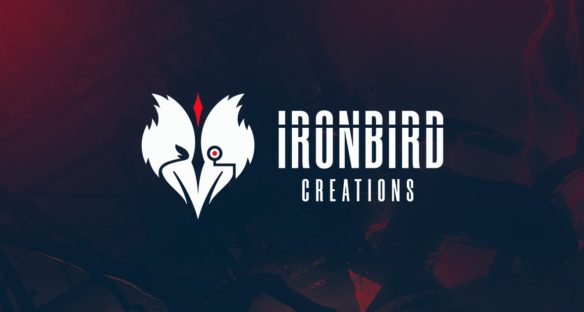Blog
Why We Decided On the Third-Person Perspective
2022-08-23

If you’re a gamer, you probably recognize the common perspectives in video games: first-person (FPP) and third-person (TPP). Each of them has its advantages and disadvantages that influence the gameplay in various ways.
It may seem easy to choose one, but it took us lots of research to decide on the third-person perspective for Phantom Hellcat. Read on to discover the reason.
What is a first-person game?
In first-person video games, you become “one” with the character. You look with their eyes, limiting your visual range, but at the same time increasing immersion. The most popular video game genre using the first-person perspective is the first-person shooter (FPS).
What is a third-person game?
The third-person perspective describes a game in which you can see your character in front of you, typically directly from behind or over their shoulder. It allows you to see a wider range of the environment around the hero, and the developers—to make combat more dynamic.
We can distinguish three types of third-person camera systems. The “fixed camera system”, in which the camera views won’t change dynamically, was used in early Resident Evil games. The “tracking camera system” follows the character, like in Tomb Raider. Finally, the “interactive camera system” gives more control to the player with some parameters that can be changed. This system was used in The Legend of Zelda: The Wind Waker.
The challenge of perspective in indie video games
With the growth of indie games with smaller budgets than top mainstream video games, the developers began to use FPP. It allowed for lowered production costs and focus on specific gameplay parts, like the story or some mechanic.
The first-person perspective helps developers avoid lots of problems: animations you can see in the third-person perspective or interactions with the environment, which are hard to make. While it did create a niche, discouraging some players, the overall video game industry expansion made the niche large enough for the developers of first-person perspective games to be successful.
Thanks to the development of modern engines (Unity and Unreal), even smaller studios could achieve a lot. Still, making third-person video games remains a challenge that only a few undertake.
Third-person perspective in Phantom Hellcat
Our internal team was researching potential directions for creating a video game that no other Polish studio has ever done. Finally, after months of hard work, the team created a formula that became the backbone of Phantom Hellcat.
The third-person perspective, as challenging as it may be for indie developers, has many advantages. Firstly, it gives more personality to the character instead of making them an unknown face. The character’s look will already tell you a lot about the hero.
In addition, the third-person perspective means more movement and combat options, which is important for a dynamic action-slasher like our Phantom Hellcat. The range of movement in the game will be wide, from jumping on platforms to making showy combos.
Last but not least, TPP makes it possible for video games to be more cinematic. It gives us more freedom in selecting the best shots for each scene.
How did it work out for our game? You’ll find out in time. Phantom Hellcat is coming to PC and consoles. Wishlist Phantom Hellcat, join our Discord, and follow Ironbird Creations on social media channels to stay up to date.
Stay up to date on Phantom Hellcat
Steam PlayStation Discord Twitter


